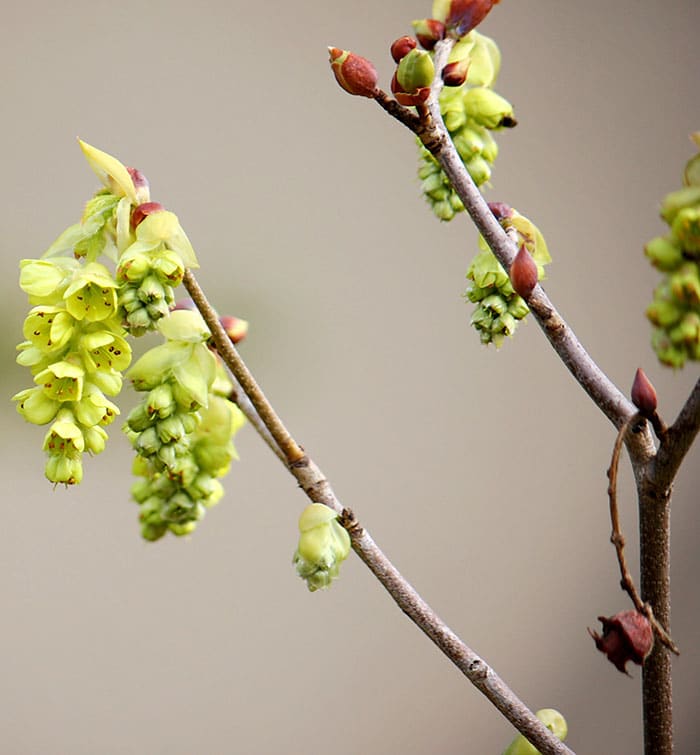
The United States Department of Agriculture has updated its 1990 plant hardiness map, and it reveals that hardiness zones are drifting. The new USDA map reflects average cold temperatures from 1976 through 2005, and illustrates the warming trend we’ve noticed in recent winter seasons. The new data indicates an average 5°F temperature increase, making a half zone movement northward. Although plant hardiness zone designations on the Canadian plant hardiness map are different from those on the USDA map, the warming trend is comparable. That could be good news for those of us pressing the cold hardiness limits of plants in our gardens.
I’ve noticed my garden isn’t so cold as it once was. Ten years ago I planted a Voss’s laburnum tree (Laburnum x watereri ‘Vossii’, Zone 6) in my Zone 6a garden. The laburnum tree was right up against the coldest winter temperature it could endure. The following winter was normally cold, but in spring, half the crown of the laburnum was dead. I pruned out the dead branches, leaving a seriously disfigured tree. However, it has grown and partially filled in the empty spaces, and there has been no further winter injury. Either the tree has increased its cold hardiness (which seems unlikely), or the subsequent winters haven’t been so cold (which seems more the case).
Another hardiness experiment had more dramatic results. I saw a fragrant winter hazel (Corylopsis glabrescens, Zone 6) in full spring bloom in a Zone 6b garden centre. Being entirely seduced by the dangling yellow blossoms, I simply had to purchase the plant and drive it 145 km north to my garden. Knowing it was borderline hardy (and my Zone 6a garden is colder than where the shrub had growing), I put it in a protected position with dense conifers to break the winter winds. The following spring, almost all the branches had died back, and the shrub entirely succumbed during the summer. Two years later I planted another fragrant winter hazel in a location even more protected, with brick walls on two sides. That shrub also declined and died.
Now, you would think the message is clear — winter hazel is comfortable in Zone 6b, but doesn’t have enough cold hardiness to survive in a Zone 6a garden, no matter how much protection is provided. But preferring to ignore the obvious, I planted a third shrub, and this time the location has less protection from wind. Am I tempting fate? This winter hazel has survived two winters with no dead wood, and has increased in size. I don’t have enough precise information to say that shifting hardiness zones have made my Zone 6a garden warmer in winter. But something seems to be changing, and this winter I intend to keep daily temperature records.
Here is the link to the new USDA hardiness map: http://news.aces.illinois.edu/news/new-usda-plant-hardiness-zones
You can look up your zones on the Canadian hardiness map








